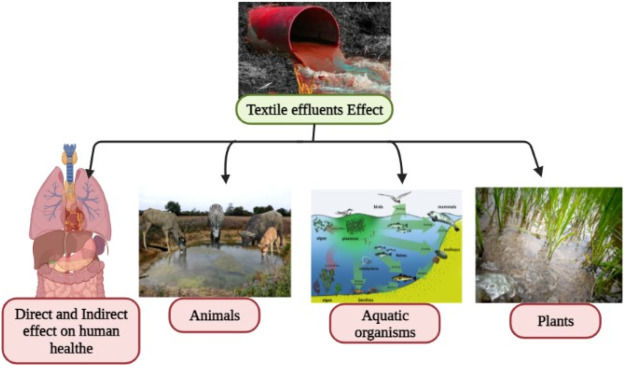

A review of coagulation explaining its definition, mechanism, coagulant types, and optimization models; RSM, and ANN
The textile business is one of the most hazardous industries since it produces several chemicals, such as dyes, which are released into water streams with ef-fluents. For the survival of the planet's life and the advancement of humanity, water is a crucial resource. One of the anthropogenic activities that pollute and consume water is the textile industry. Thus, the purpose of the current effort is to Apply coagulation as a Physico-chemical and biological treatment strat-egy with different techniques and mechanisms to treat the effluent streams of textile industries. The discharge of these effluents has a negative impact on the environment, marine life, and human health. Therefore, the treatment of these effluents before discharging is an important matter to reduce their adverse ef-fect. Many physico-chemical and biological treatment strategies for contaminants removal from polluted wastewater have been proposed. Coagulation is thought to be one of the most promising physico-chemical strategies for removing con-taminants and colouring pollutants from contaminated water. Coagulation is accompanied by a floculation process to aid precipitation, as well as the collection of the created sludge following the treatment phase. Different commercial, and natural coagulants have been applied as a coagulants in the process of coagulation. Additionally, many factors such as; pH, coagulant dose, pollu-tants concentration are optimized to obtain high coagulants removal capacity. This review will discuss the coagulation process, coagulant types and aids in addition to the factors affecting the coagulation process. Additionally, a brief comparison between the coagulation process, and the other processes; princi-ple, advantages, disadvantages, and their efficiency were discussed throgh the review. Furthermore, it discusses the models and optimization techniques used for the coagulation process including response surface methodology (RSM), ar-tificial neural network (ANN), and several metaheuristic algorithms combined with ANN and RSM for optimization in previous work. The ANN model has more accurate results than RSM. The ANN combined with genetic algorithm gives an accurate predicted optimum solution.